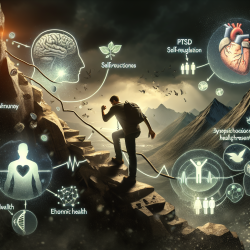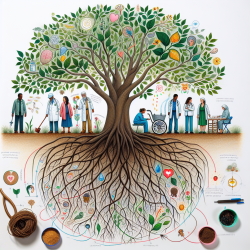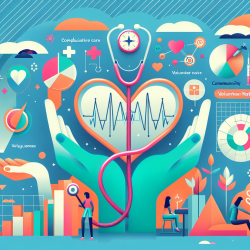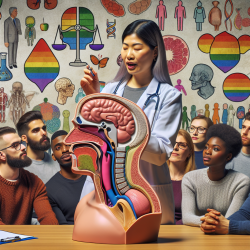Introduction
The Goal-Directed Resilience in Training (GRIT) model offers a comprehensive biopsychosocial approach to enhancing self-regulation, executive functions, and personal growth, particularly in challenging contexts such as PTSD, obesity, and chronic pain. This model emphasizes the importance of goal-directed actions over stimulus-based responses, promoting resilience and positive adaptation.
Understanding GRIT
GRIT is rooted in the idea that goal-directed actions, which are intentional and future-oriented, can counteract the reactive, stimulus-based responses often seen in PTSD and other chronic conditions. This model integrates findings from various research areas, including neuroscience, psychology, and social sciences, to create a holistic intervention strategy.
Implementing GRIT in Practice
Practitioners can enhance their skills by incorporating the GRIT model into their therapeutic practices. Here are some key components to consider:
- Goal-Directed Resilience: Encourage clients to identify and pursue meaningful goals that align with their values and aspirations. This approach fosters a sense of agency and purpose.
- Biopsychosocial Integration: Address the interplay between biological, psychological, and social factors in clients' lives. This comprehensive view helps tailor interventions to individual needs.
- Focus on Personal Growth: Promote personal growth and eudaimonia by helping clients develop skills that enhance their executive functions and self-regulation.
Encouraging Further Research
While the GRIT model has shown promising results, ongoing research is essential to refine and expand its applications. Practitioners are encouraged to engage in research activities to explore new contexts and populations where GRIT can be beneficial.
Conclusion
By implementing the GRIT model, practitioners can improve their therapeutic skills and help clients achieve resilience and personal growth. This approach not only addresses symptoms but also empowers individuals to lead fulfilling lives.
To read the original research paper, please follow this link: Goal-Directed Resilience in Training (GRIT): A Biopsychosocial Model of Self-Regulation, Executive Functions, and Personal Growth (Eudaimonia) in Evocative Contexts of PTSD, Obesity, and Chronic Pain.










